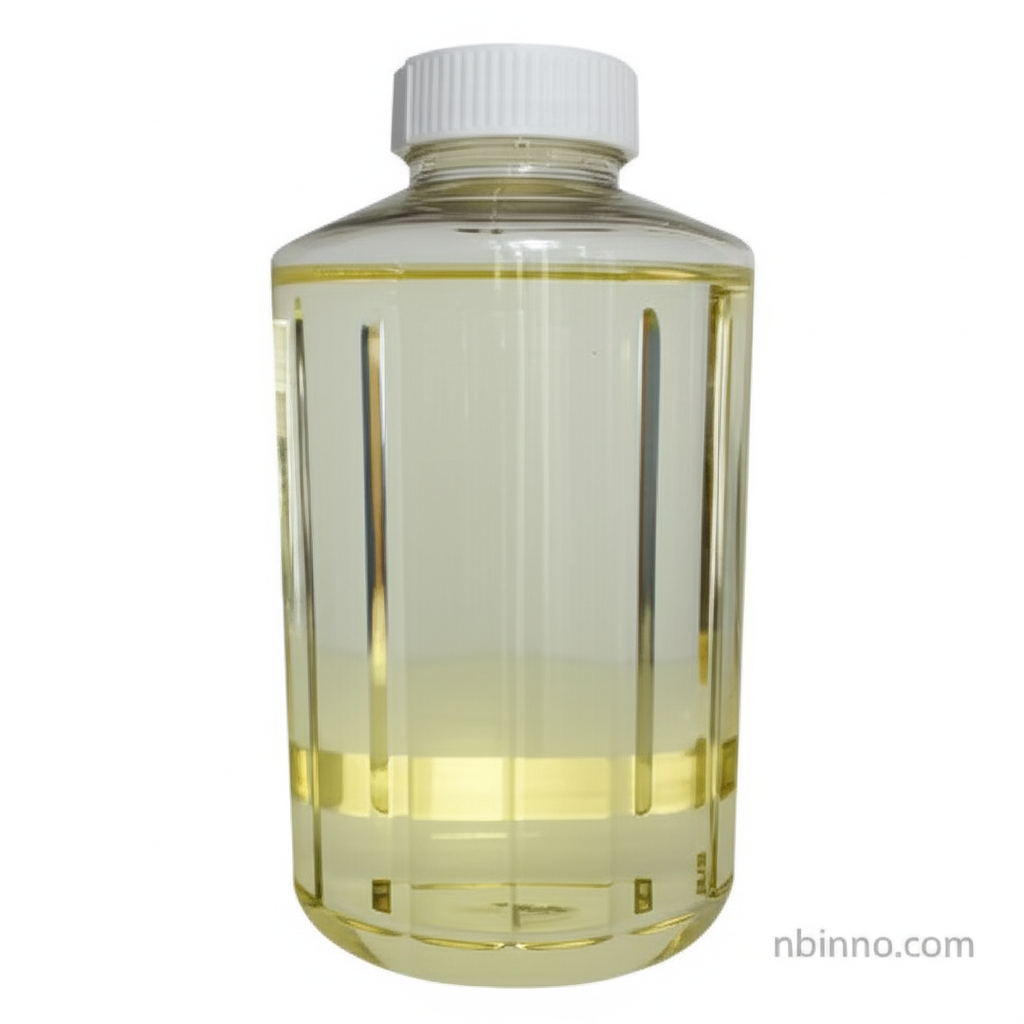Butyl Acrylate Monomer: Your Key to Enhanced Polymer Performance
Unlock superior flexibility, durability, and weather resistance for your coatings and adhesives with our high-quality Butyl Acrylate.
Get a Quote & SampleProduct Core Value

Butyl Acrylate Monomer
As a vital acrylic ester monomer, Butyl Acrylate is indispensable for formulating high-performance polymers that serve a wide array of industrial needs. Its unique chemical structure and properties make it a cornerstone for advancements in various sectors.
- Discover the benefits of using n-butyl acrylate chemical properties in your polymer formulations, leading to enhanced product performance.
- Explore the diverse butyl acrylate monomer applications that span from durable paints and coatings to resilient adhesives and sealants.
- Understand the acrylic ester monomer benefits, including improved flexibility and excellent low-temperature performance, crucial for demanding applications.
- Learn about the butyl acrylate for paints and coatings, where it contributes to superior weatherability and durability, making it ideal for architectural and automotive finishes.
Advantages Offered by the Product
Enhanced Flexibility and Toughness
Leveraging the butyl acrylate monomer's low glass transition temperature (-45°C), polymers exhibit exceptional flexibility and impact resistance, particularly at low temperatures, a key aspect of n-butyl acrylate chemical properties.
Superior Weather and UV Resistance
Butyl acrylate is a preferred monomer for applications requiring excellent photostability and resistance to weathering and sunlight, contributing to the longevity of your products.
Versatile Copolymerization Capabilities
The ability to copolymerize with a broad range of monomers allows for tailored polymer designs, enabling you to achieve specific performance characteristics demanded by various market needs.
Key Applications
Paints and Coatings
Butyl acrylate monomer is extensively used in acrylic emulsions for paints and coatings, providing excellent flexibility and durability, crucial for architectural and automotive sectors.
Adhesives and Sealants
Its low glass transition temperature enhances tackiness and adhesive properties, making it ideal for pressure-sensitive adhesives, caulks, and sealants demanding superior sealing and environmental resistance.
Textile, Paper, and Leather Finishes
BA improves the feel, durability, and appearance of these materials by enhancing the flexibility and strength of applied coatings.
Thermoplastic Ethylene Acrylate Copolymers (EBA)
EBA copolymers utilize butyl acrylate for impact modification and processing aid in thermoplastics, finding use in packaging films and hot melt adhesives.
